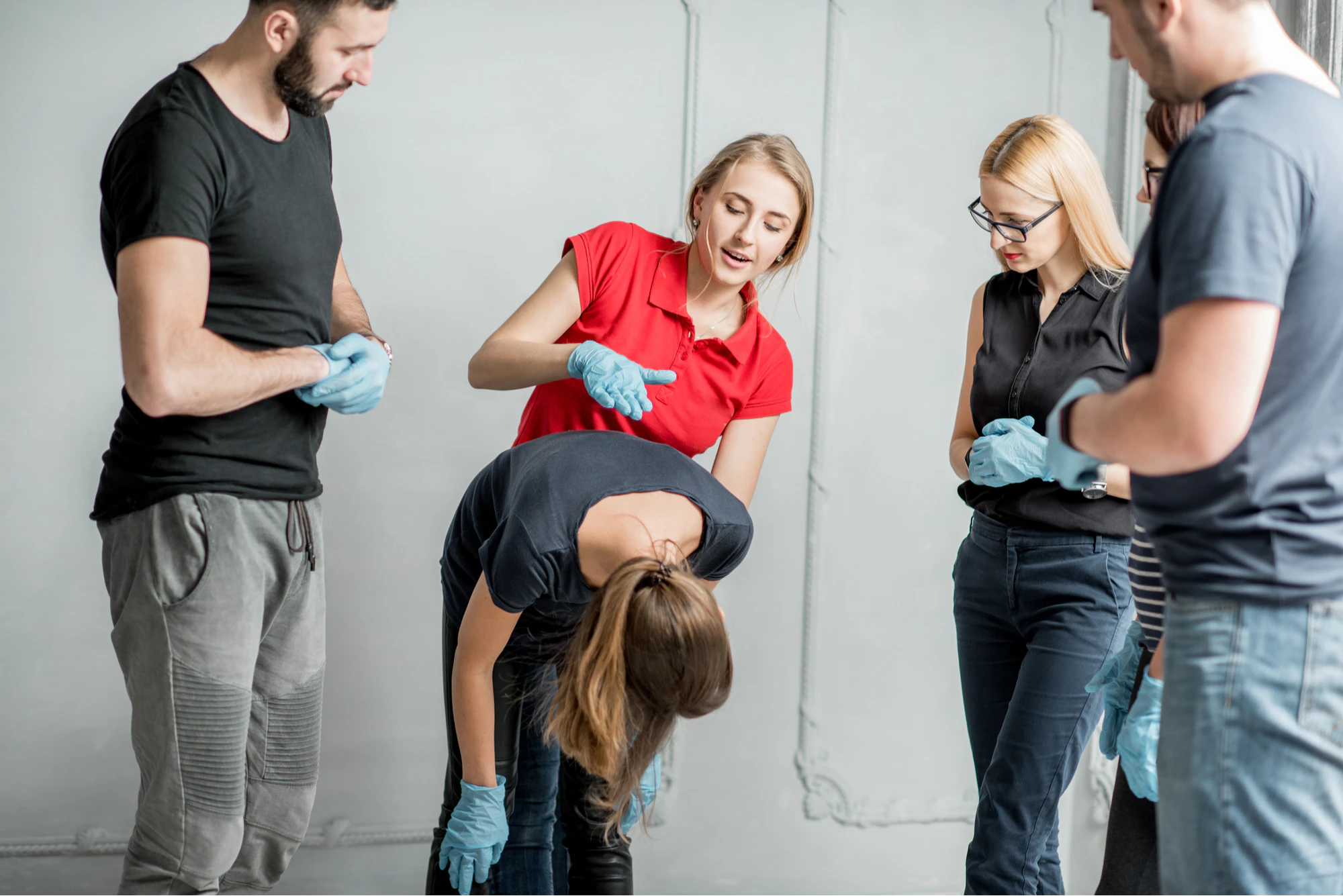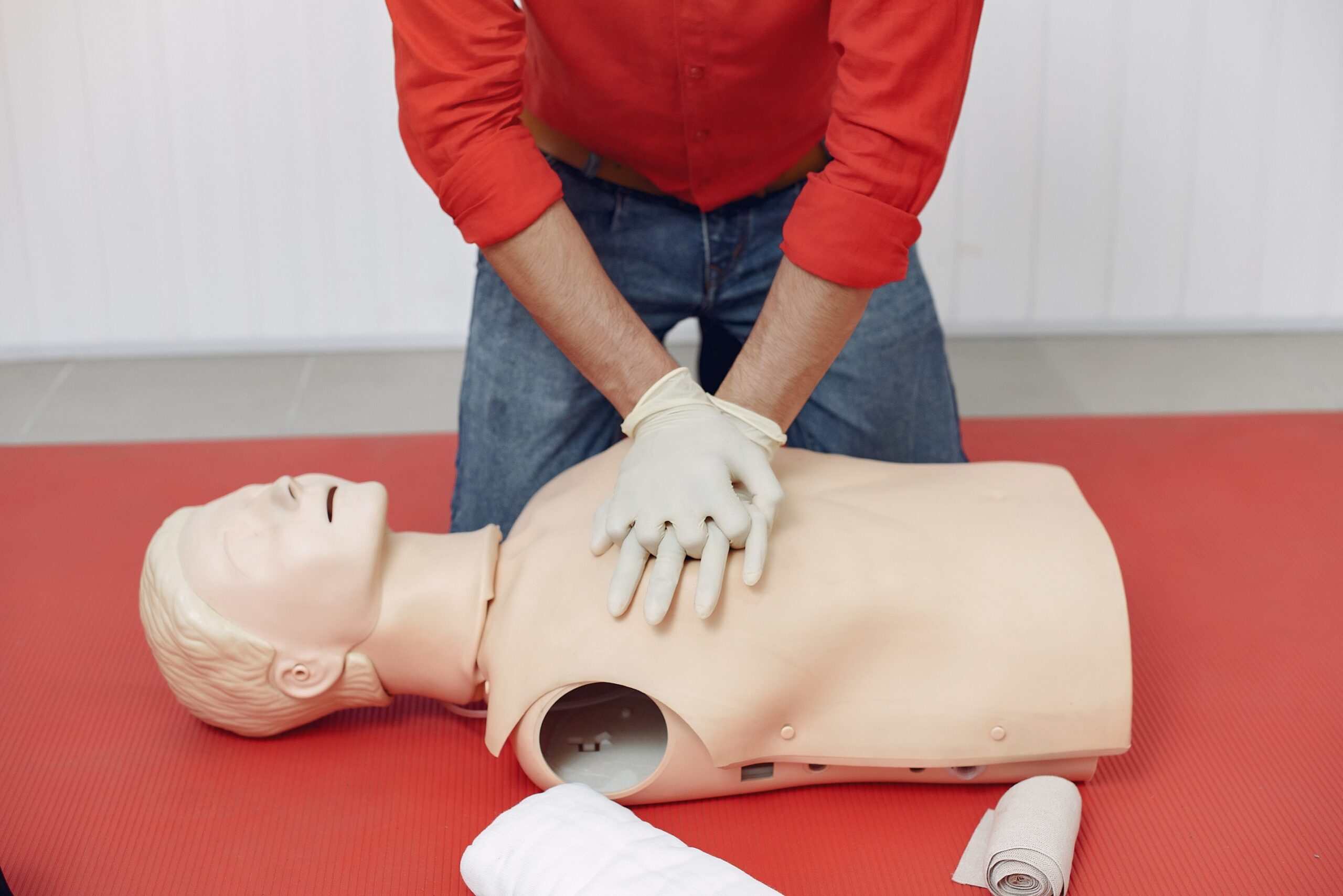When it comes to caring for others, being prepared for emergencies is crucial. One such emergency that can occur at any time is choking. Whether you’re a parent, a babysitter, or a caregiver for seniors, knowing how to perform choking first aid Australia can save a life. In this blog post, we will provide you with essential tips and techniques to handle choking emergencies effectively.
So, grab a cup of coffee, and let’s dive into the world of first aid for choking!
Understanding Choking
Choking is a potentially life-threatening situation that occurs when an object becomes lodged in a person’s airway, obstructing their ability to breathe. This obstruction can be caused by food, small objects, or even a person’s own anatomy. It is essential to recognise the signs and symptoms of choking to act promptly and provide the necessary assistance.
Common signs of choking include difficulty breathing, coughing, wheezing, and a panicked expression. In severe cases, the person may be unable to cough, speak, or breathe at all. Understanding the significance of prompt action is vital because immediate intervention can make all the difference between life and death.
Steps for Choking First Aid
Step 1: Assess the Situation
In a choking emergency, it is crucial to stay calm and assess the situation quickly. Check if the person can cough, speak, or breathe. If they are able to cough forcefully, encourage them to continue coughing to try and dislodge the obstructing object. However, if their ability to breathe is compromised, immediate intervention is necessary.
Step 2: Encourage Coughing
Coughing is a natural reflex that helps clear an obstructed airway. If the choking person can still cough forcefully, encourage them to do so. Offer reassurance and support while they attempt to expel the object on their own. However, if the coughing is ineffective or the person’s condition worsens, it’s time to move on to the next step.
Step 3: Perform Abdominal Thrusts (Heimlich Manoeuvre)
The Heimlich manoeuvre, also known as abdominal thrusts, is a technique used to dislodge an obstructing object from a person’s airway. Here’s how to perform abdominal thrusts:
- Stand behind the choking person and wrap your arms around their waist.
- Make a fist with one hand and place the thumb side against the person’s abdomen, slightly above the navel.
- Grasp your fist with your other hand and give quick, upward thrusts into the abdomen.
- Repeat this motion until the object is expelled or the person becomes unresponsive.
Please note that abdominal thrusts should only be performed on adults and children over one-year-old. For infants, a different technique is used, which we will discuss in the next step.
Step 4: Perform Back Blows and Chest Thrusts on Infants
For infants under one-year-old, the Heimlich manoeuvre is not suitable due to their delicate anatomy. Instead, back blows and chest thrusts are used to clear the airway obstruction. Follow these steps:
- Place the infant face down, resting on your forearm with their head lower than their body.
- Deliver five firm back blows between the infant’s shoulder blades using the heel of your hand.
- If back blows do not dislodge the object, turn the infant onto its back and perform chest thrusts.
- Use two fingers to deliver five quick and firm chest thrusts just below the nipple line.
Remember to support the infant’s head and neck during these manoeuvres to prevent any additional injuries.
Step 5: Call for Emergency Assistance
Even if you successfully dislodge the object and the person’s breathing returns to normal, it is essential to seek medical evaluation. Complications can arise later, and it’s better to be safe than sorry. If your attempts to clear the airway obstruction are unsuccessful or the person becomes unresponsive, call emergency services immediately. Time is of the essence in such situations.

Prevention Tips
While knowing how to respond to a choking emergency is crucial, prevention is always better than cure. Here are some practical tips to reduce the risk of choking:
A. Modify Food Consistency for Young Children and Seniors
To reduce the choking risk for young children and seniors with swallowing difficulties, it is crucial to modify the consistency of their food. For young children, opt for soft and easily chewable options. For seniors, consider pureeing or mashing their food to make it easier to swallow. It’s always a good idea to consult with healthcare professionals for personalised advice based on individual needs.
B. Avoid Small Objects and Toys
Small objects and toys are notorious choking hazards, especially for infants and toddlers. Keep small objects out of reach and ensure that toys are age-appropriate and do not contain small parts that can be easily swallowed. Examples of common household items that pose a choking risk include coins, batteries, and small toy parts.
C. Create a Safe Eating Environment
Supervision is key when it comes to preventing choking incidents during meals. Make sure children are seated in an upright position while eating to minimise the risk of food getting stuck in their airways. Encourage proper chewing and ensure that meals are enjoyed in a calm and distraction-free environment.
Choking First Aid Training:
While this blog post provides you with essential information about choking first aid Australia, receiving formal training is highly recommended. CPR and first aid courses offered by reputable organisations can equip you with the necessary skills and confidence to handle choking emergencies and other life-threatening situations. Look for local resources or online courses that fit your schedule and budget.
Conclusion:
Choking emergencies can happen to anyone, anywhere, and at any time. As caregivers, it is our responsibility to be prepared and knowledgeable about first aid for choking. By understanding the signs and symptoms of choking, knowing the steps for choking first aid Australia, and implementing preventive measures, we can make a significant difference in saving lives.
Share this knowledge with others because together, we can create a safer environment for everyone. Stay prepared, stay informed, and be the superhero caregiver you are meant to be!














